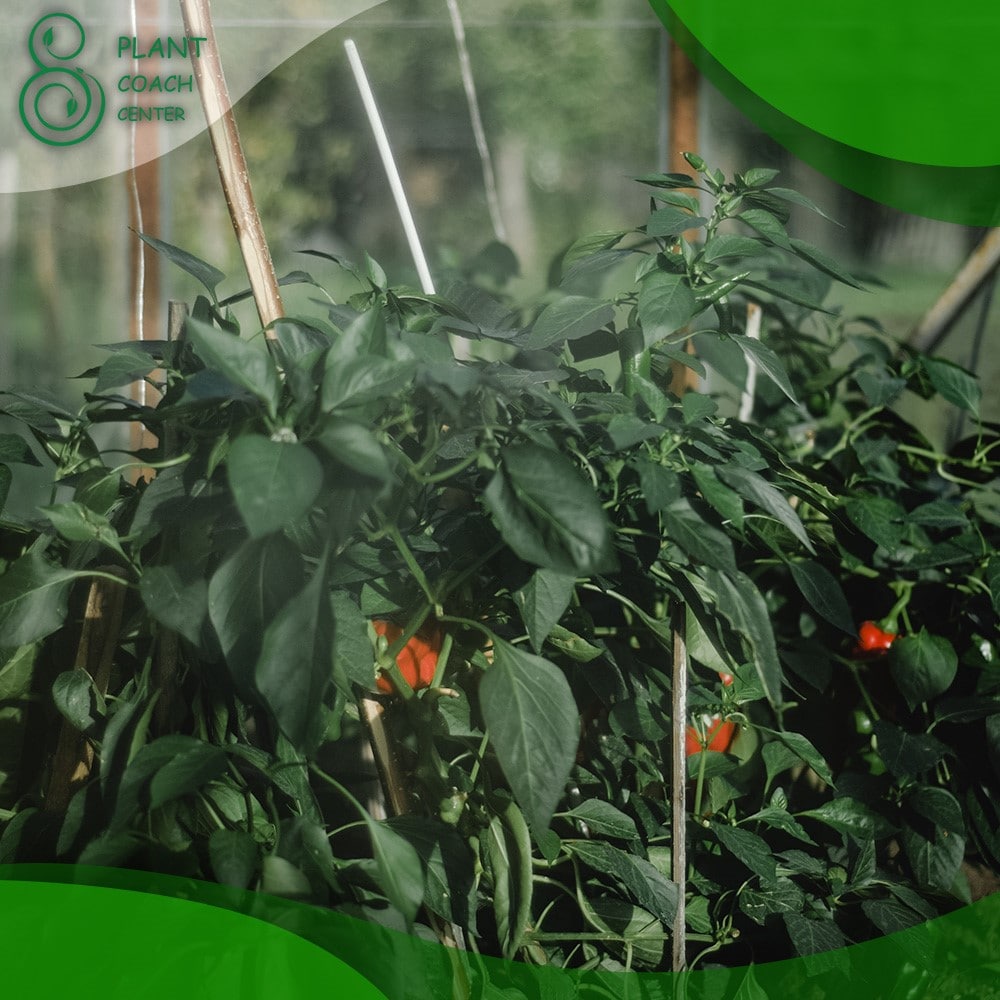When Do You Plant Peppers?
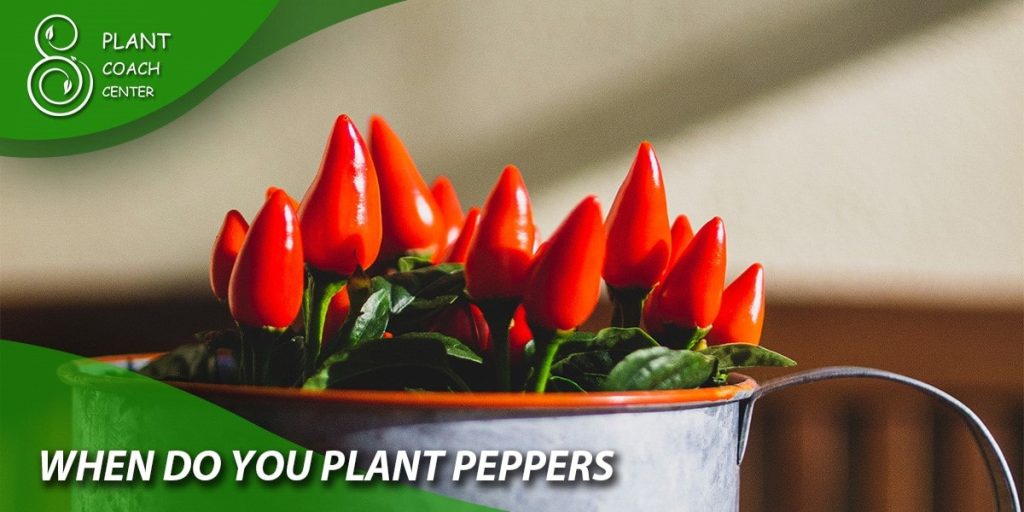
Welcome to the world of vibrant flavors and fiery hues – peppers! These versatile and piquant delights have a way of spicing up our culinary journeys like no other. Whether you’re a seasoned gardener or a budding plant enthusiast, the question of when to plant peppers is vital.
Proper timing determines your harvest’s success and sets the stage for robust plants that flourish throughout the growing season. As you embark on this pepper-growing adventure, understanding the intricacies of planting timelines, regional variations, and cultivation methods can make all the difference.
In this article, we delve into the art of pepper planting, unraveling the secrets behind achieving bountiful yields and thriving pepper plants. Whether you dream of jalapeños that pack a punch or sweet bell peppers to adorn your dishes, get ready to unlock a world of pepper-planting knowledge that will elevate your gardening prowess.
Join us as we explore the nuanced dance of seasons, soils, and strategies, learning how to sow the seeds of success and reap the rewards of a pepper-filled harvest.
Timing for a Thriving Harvest
When it comes to peppers, timing is everything. The success of your pepper harvest greatly depends on planting your seeds or seedlings at the right time. The first step in mastering this art is understanding your local climate and growing season. Pepper plants are warm-weather lovers, and they despise frost.
Therefore, it’s crucial to wait until all threat of frost has passed before planting them outdoors. This usually translates to springtime in most regions, but it’s a good idea to consult your local gardening extension for precise frost dates.
Starting peppers indoors is a game-changing strategy for those eager to get a head start. By sowing seeds indoors 8-10 weeks before the last expected frost date, you can give your peppers a head start in a controlled environment. This is especially advantageous for regions with short growing seasons. Creating indoors allows the plants to establish themselves before facing the unpredictability of outdoor weather.
On the other hand, if you’re lucky enough to reside in a region with a long growing season and ample warmth, direct seeding is a viable option. Once the soil temperature reaches around 65°F (18°C), you can sow pepper seeds directly into the garden bed. This practice bypasses the need for transplanting, which can sometimes cause plant stress.
In essence, whether you choose the careful nurturing of indoor starts or the direct approach of outdoor planting, understanding your local climate and frost dates is pivotal. Timing your pepper planting just right sets the stage for a vibrant and productive pepper garden, ensuring a bountiful harvest of zesty, colorful delights that will grace your table and tantalize your taste buds.
Cracking the Climate Code
Pepper cultivation is an art that requires aligning your plant choices with your regional climate. The diverse pepper family includes a range of varieties, each with its own temperature preferences and growing conditions. Before you dive into planting, it’s essential to understand the climate code that governs your area and the peppers you wish to raise.
Tropical and subtropical climates are a paradise for peppers that thrive in warm and humid conditions. Varieties like habaneros and Scotch bonnets flourish in these areas, producing peppers with intense heat levels. In contrast, cooler climates require a more careful selection of pepper types. Bell peppers, for instance, prefer milder temperatures and can struggle in extreme heat.
For those in temperate climates, striking a balance is critical. Sweet and mild peppers like banana peppers or Cubanelles can be fantastic choices. These varieties can tolerate a broader range of temperatures, making them more forgiving for regions with fluctuating weather patterns.
However, don’t let your climate limit your pepper palette. Techniques like using row covers, mulching, and even providing temporary shade can help create microclimates within your garden, extending your pepper options beyond the norm.
By cracking the climate code, you’ll ensure a more successful harvest and enjoy healthier plants that are better equipped to handle the environmental challenges of your region. So, take the time to research your climate, select your pepper varieties accordingly, and set the stage for a garden that thrives against all odds.
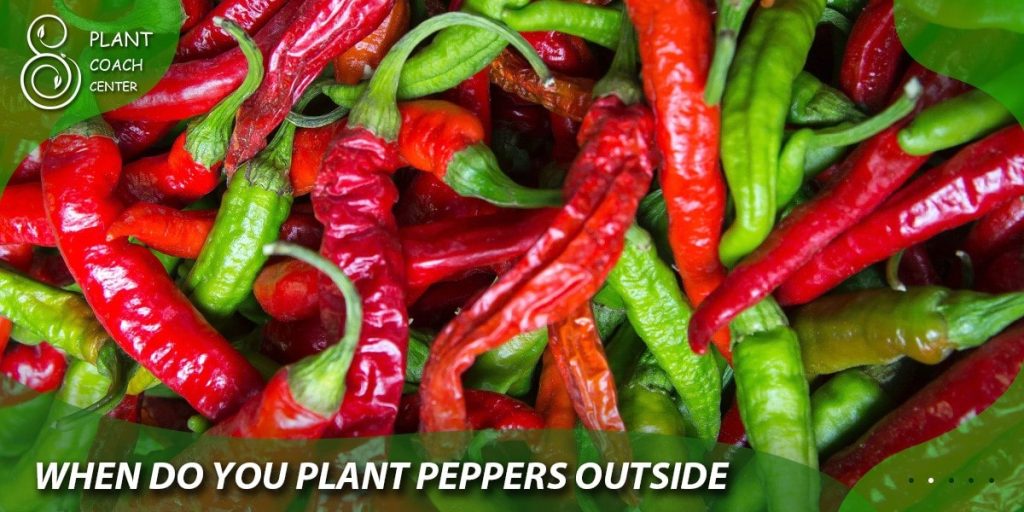
Indoor vs. Outdoor Adventures
Whether to start your pepper plants indoors or directly sow them outdoors is a pivotal choice that can significantly impact your pepper-growing journey. Each approach comes with its own set of advantages and considerations, so let’s dive into the indoor and outdoor adventures of pepper planting.
Starting Indoors
Embarking on the indoor adventure involves sowing pepper seeds in a controlled environment, usually 8-10 weeks before the last frost date. This method offers several benefits. Firstly, it extends your growing season by giving your plants a head start before the unpredictable weather of early spring. Secondly, it provides optimal conditions for germination, ensuring a higher success rate.
However, the indoor approach demands attention and care. You’ll need adequate light, warmth, and proper ventilation to prevent leggy seedlings and other issues. Additionally, transplanting these delicate stars requires gradual acclimatization to prepare them for outdoor conditions.
Direct Sowing Outdoors
On the other hand, the outdoor adventure involves directly sowing pepper seeds into the garden bed once the soil temperature reaches around 65°F (18°C). This method bypasses the transplanting process and potential indoor challenges. It’s more uncomplicated and straightforward, especially if you have a more extended growing season.
Yet, it’s essential to remember that peppers are sensitive to cold, and a late frost can spell disaster for young seedlings. So, time your direct sowing carefully and be prepared to protect your plants if unseasonable weather strikes.
Ultimately, deciding between indoor and outdoor adventures comes down to your local climate, growing goals, and available resources. Whether you opt for the controlled nurturing of indoor starts or the direct approach of outdoor planting, each adventure promises its own rewards and challenges. So, choose wisely and prepare for a journey leading to a bounty of vibrant and delectable peppers.
Nurturing Tiny Sprouts
The journey from a tiny pepper seed to a robust seedling is a delicate process requiring attention, care, and patience. Nurturing these little sprouts is critical in the pepper-growing timeline, setting the foundation for healthy plants and a fruitful harvest.
Germination Guidelines
Like any other seeds, pepper seeds need the right conditions to sprout. Providing a warm and moist environment is critical to successful germination. To create the ideal setting, you can use seed-starting trays, peat pots, or even repurposed containers as mini-greenhouses. Keep the soil consistently moist but not waterlogged to encourage sprouting.
Temperature Matters
Pepper seeds are finicky about temperature. Aim for a consistent temperature range of 75-85°F (24-29°C) to optimize germination rates. You might consider using a heat mat to maintain the warmth required for sprouting, especially if you start seeds indoors.
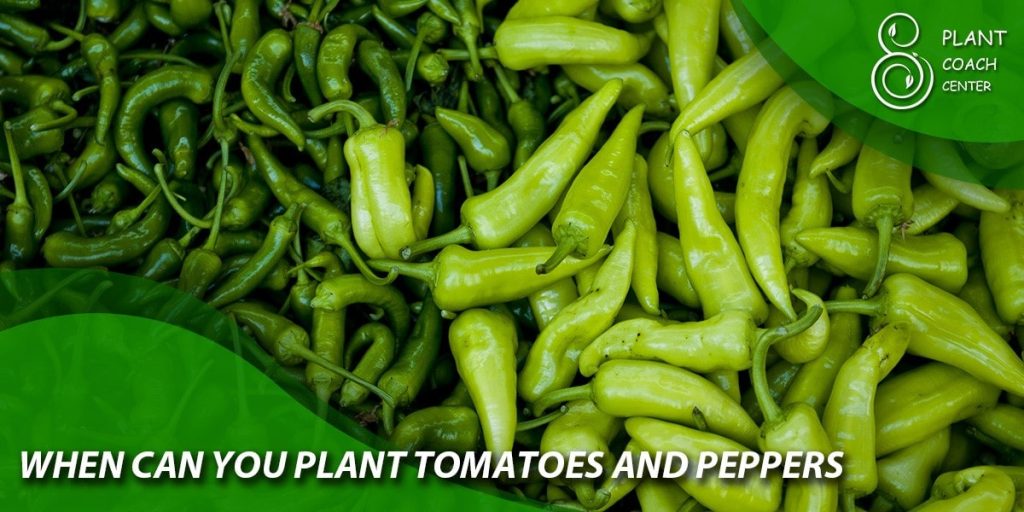
Patience and Transplanting
Germination is a waiting game. Depending on various factors, including temperature and pepper variety, it can take anywhere from 1 to 3 weeks for pepper seeds to sprout. Once your sprouts have developed a few true leaves, it’s time to consider transplanting them into larger containers. This step ensures that your growing plants have enough space to establish robust root systems.
Light and Airflow
As your seedlings continue to grow, they need ample light to prevent them from becoming leggy and weak. A sunny windowsill or grow lights provide the necessary light energy. Proper airflow is equally essential. Good ventilation prevents mold growth and strengthens the stems of your seedlings.
Hardening Off
Whether you started your peppers indoors or bought them from a nursery, before transplanting them outdoors, they need to be gradually accustomed to outdoor conditions in a process known as “hardening off.” This involves exposing your young plants to outdoor conditions like wind, fluctuating temperatures, and direct sunlight for a few hours each day. This gradual transition prevents shock and stress to the plants when they’re finally transplanted into the garden.
Frosty Fears and Heat Woes
Pepper plants might be hardy, but they have their own set of vulnerabilities regarding extreme temperatures. Understanding how frost and heat can impact your pepper plants is essential for ensuring their health and productivity throughout the growing season.
Frosty Fears
Pepper plants are susceptible to cold temperatures and frost. Light frost can damage their tender foliage, stunt their growth, and even kill young plants. As a rule of thumb, avoid transplanting pepper seedlings outdoors until the threat of frost has passed. If an unexpected cold snap is in the forecast, be prepared to cover your plants with cloths, row covers, or plastic to protect them from the chill.
Heat Woes
While peppers love warmth, excessively high temperatures can also pose problems. When the mercury climbs above 90°F (32°C), pepper plants may suffer from heat stress. Blossom drop is a common issue during prolonged heat waves. To mitigate this, provide ample shading during the hottest parts of the day and ensure consistent moisture to prevent the plants from becoming parched.
Protective Measures
To guard against both frost and heat, consider using season-extending tools. Floating row covers act as insulating blankets, protecting plants from cold snaps. Shade cloth can help diffuse intense sunlight, preventing sunburn during scorching days. Mulching around pepper plants retains soil moisture and stabilizes soil temperature, offering a buffer against extreme highs and lows.
Choosing the Right Varieties
One way to address temperature challenges is to choose pepper varieties better suited to your local climate. Some pepper types, like habaneros, are naturally more heat-tolerant, while others, like bell peppers, prefer milder conditions. Opting for varieties that align with your region’s temperature patterns can give your plants a better chance of thriving.
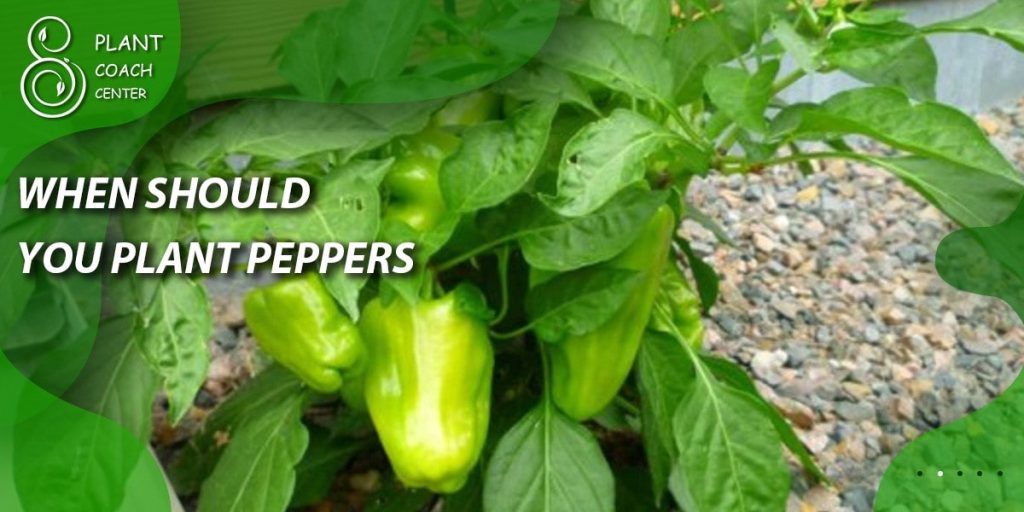
Transplanting Tango
Transplanting pepper seedlings from their cozy indoor abode to the great outdoors is a pivotal moment in their journey toward becoming robust, productive plants. This “transplanting tango” requires finesse and care to ensure a smooth transition and promote healthy growth.
Timing is Key
Timing is crucial when it comes to transplanting peppers. Seedlings should have at least two to four true leaves before being transplanted. Additionally, wait until any threat of frost has passed and the outdoor temperatures are consistently warm, usually a few weeks after the last frost date. Rushing this process can stunt growth and stress the plants.
Preparing the Soil
Before transplanting, make sure the soil in your garden bed is well-prepared. Pepper plants thrive in well-draining soil that’s rich in organic matter. Work compost into the ground a few weeks before transplanting to provide the nutrients your plants need.
The Hardening Off Ritual
Before directly placing your indoor-grown seedlings into the outdoor environment, they must gradually adapt to the change. This is where the “hardening off” process comes into play. Over about a week, expose your seedlings to increasing periods of outdoor conditions, starting with a few hours of shade and gradually moving towards more sun exposure.
The Delicate Transplant
When transplanting, handle the seedlings with care. Gently remove them from their containers, being mindful not to damage the fragile roots. Dig a hole in the garden bed slightly larger than the root ball and place the seedling in, ensuring it’s at the same depth as in the container. Fill the hole with soil, pressing gently around the base of the plant to eliminate air pockets.
Mulch and Watering
After transplanting, provide a layer of organic mulch around the base of the plant. Mulch helps retain moisture, suppresses weeds, and stabilizes soil temperature. Water the transplanted seedlings well immediately after planting, and continue to water consistently as they establish themselves.
Watching for Signs
Keep a close eye on your transplanted peppers during the first few days. If you notice any signs of stress like wilting, provide shade during the hottest parts of the day and ensure they receive adequate water.
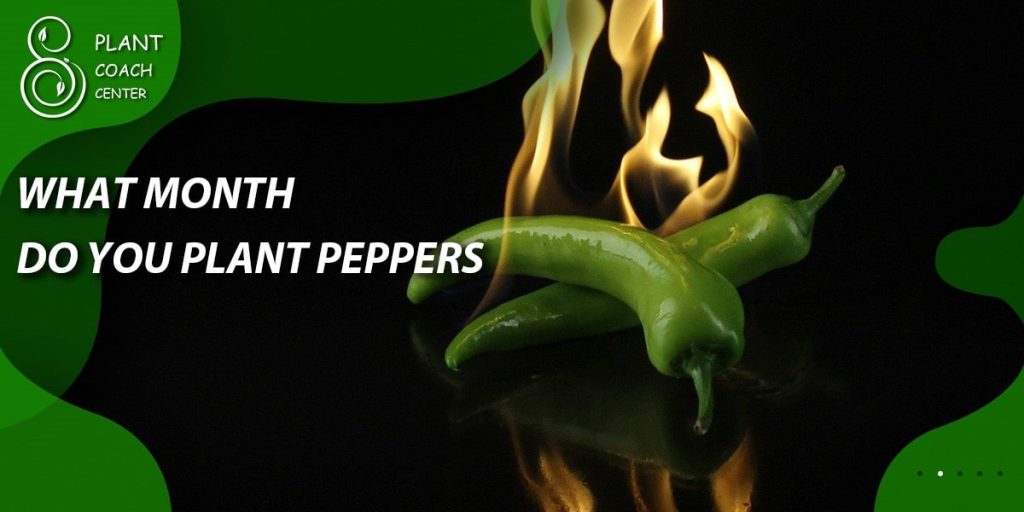
Conclusion
Mastering the art of timing, climate adaptation, nurturing, and transplantation can make the difference between a lackluster harvest and a pepper-filled paradise in the intricate world of pepper cultivation. Armed with the knowledge of when to plant peppers, you can embark on a journey that transcends seasons, leading to a bountiful and flavorful yield.
Whether nurturing tiny sprouts in the coziness of your home, braving the elements to protect against frost and heat, or gracefully executing the transplanting tango, every step contributes to the symphony of pepper growth. So, as you delve into this aromatic and fiery endeavor, remember that success lies in the final harvest and the journey itself.
For more insights on pepper planting, visit PlantCouchCenter.com, where a world of gardening wisdom awaits to accompany you on your quest for pepper-growing excellence. Happy planting, and may your pepper garden flourish with colors, tastes, and aromas beyond your wildest culinary dreams.
When should I start planting pepper seeds indoors?
Begin 8-10 weeks before the last frost date in your area.
What's the ideal temperature range for germinating pepper seeds?
Pepper seeds germinate best in temperatures between 75-85°F (24-29°C).
How can I protect pepper plants from extreme heat?
Provide shade during peak sunlight, maintain consistent moisture, and consider using shade cloth.


